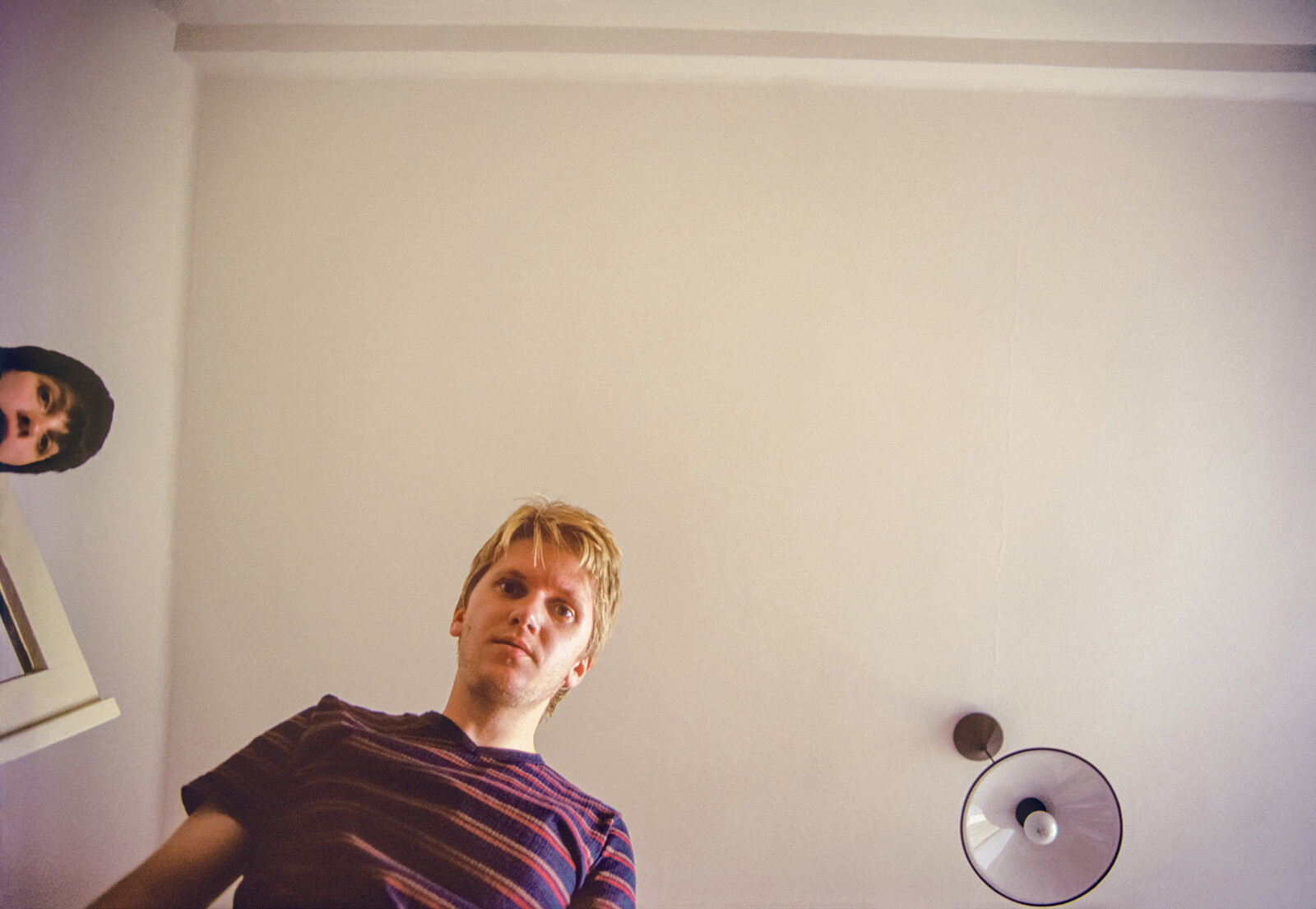Antoni Tàpies: Wood, Papers, Cardboards and Collages
May 12–November 22, 2023
Carrer Aragó, 255
08007 Barcelona Catalonia
Spain
Hours: Tuesday–Saturday 10am–7pm,
Sunday 10am–3pm
T +34 934 87 03 15
museu@museutapies.org
Roman Ondak: Infinitum
The Fundació Antoni Tàpies presents the first solo exhibition in Spain in a decade by Roman Ondak that features sculptures, spatial installations, and photographs that overturn the viewer’s perception of time, space and reality.
The work of Roman Ondak belongs to the artistic context of the countries of Central Europe. Ondak is one of the artists of his generation who rediscovered the conceptual art, readymade and performance art developed in this geographical region during the 1960s and 1970s. Following this tradition, while observing everyday reality, he began to infiltrate a subtle, poetic and imaginative edge to his works. His art explores various practices, from the collaborative and performative, in which he plays on the relationships between members of his family, various groups or spectators, to found objects that have been modified by the artist, together with site-specific spatial installations. Space and time, intertwined with his personal history, usually play an important role in his works, retrieving fragments of memories from his childhood and adolescence in Czechoslovakia, then relatively isolated by its autocratic communist regime.
From early on, Ondak learned to understand society as an attempt to order existence through divisions and classifications of inclusion and exclusion. The artist addresses the failure of this structure in his work, while deploying the potential of other orders, other patterns of behaviour and, ultimately, alternative social and political possibilities. His work often gives the impression that reality has been slightly readjusted, which in part is a tactical response to the propagandistic alterations of image and word that were the norm during the artist’s formative years.
The exhibition Roman Ondak: Infinitum moves between fiction and reality, and is founded on personal past experiences in a society where reality was often lived as fiction. The sculptures, spatial installations and photographs featured in the exhibition pay tribute to the everyday. The found or built objects, or the situations he sets up, alternate between what they were when still part of reality, and their present state where they are subtly transformed and presented as fictional accounts. The exhibition will include older works such as Lucky Day (2006) and Zone (2010) with more recent ones such as Infinity (2021) and The Day Before Now (2022).
Roman Ondak was born in 1966 in Žilina, Slovakia; he lives and works in Bratislava.
Tàpies. Wood, Papers, Cardboards and Collages
The exhibition features a selection of wood works, papers, cardboards and collages from 1959 to 1975, in a dialogue with paintings from the same period that Tàpies treats like pieces of paper or cardboard, by cutting, perforating, sticking or folding them in exactly the same way and jumping indistinctly from one support to another.
Paper, cardboard and collage were already there at the beginning of Tàpies’ artistic practice, but it was from 1958 on when the use of these materials became increasingly important, alongside the famous matter paintings. Under the influence of Marcel Duchamp and Kurt Schwitters, Tàpies experienced at that time ‘the necessity of insisting on and going deeper into that message of the insignificant, of things worn out, dramatised by time.’ In the late 1950s, on both sides of the Atlantic, a new generation of artists was reacting against the hegemony of Informalism and Abstract Expressionism and looking for new ways of representing reality. In Tàpies’ works of the 1960s and 70s, drawing is very closely linked to collage, assemblage, grattage, tearing, folding and manipulating materials to put them at the centre of the artwork itself.
Tàpies believed that all materials have within themselves the power to transmit all sorts of concepts and, therefore, he chose them depending on what he wanted to communicate. In the type of works included in this exhibition, Tàpies let the material become the protagonist of the work, intervening only to emphasise its idiosyncrasy: cut-out cardboard, a found piece of wood, wrinkled paper. Paper and cardboard in particular evoked themes that he considered important, such as humility, fragility, poverty, simplicity, degradation and pain. Through drawing, he found a more experiential and expressive form, albeit not so spectacular.
The exhibition focuses on the precariousness of materials, the imprint left by the artist and the message he wanted to communicate, because it was through this type of work that Tàpies could more accurately transmit the anxiety he felt when faced with the excesses of contemporary culture, the abundance of ambient noise, the superficiality and triviality, the pounding impact of commercials, the lack of time for reflexion. Tàpies used the tools of art to make us aware of the world around us and to invite us to imagine another possible world.
Antoni Tàpies lived and worked in Barcelona (1923–2012).


